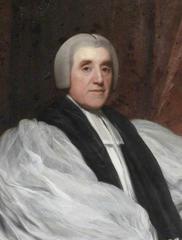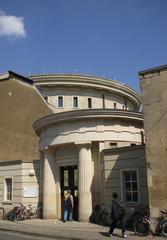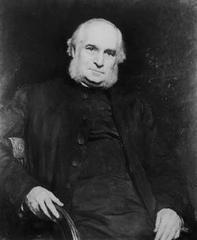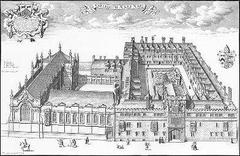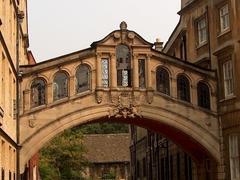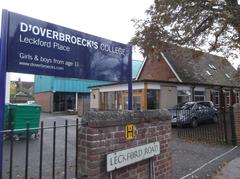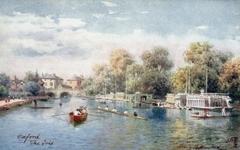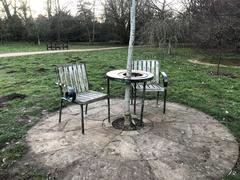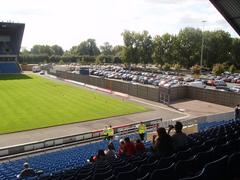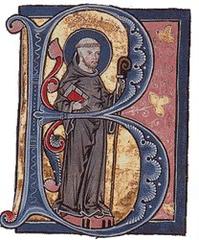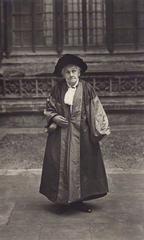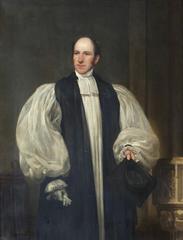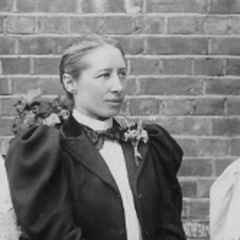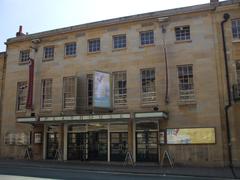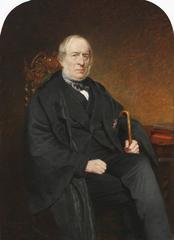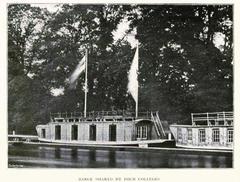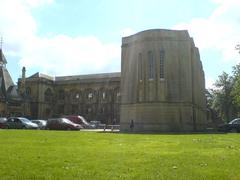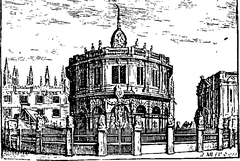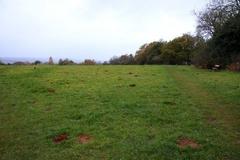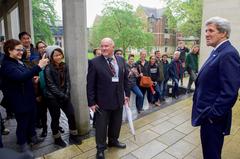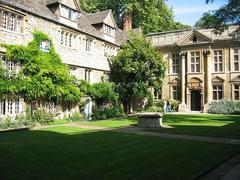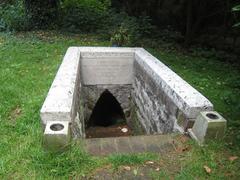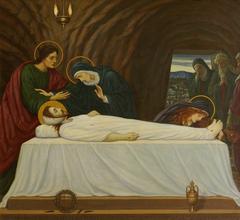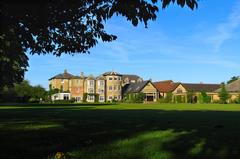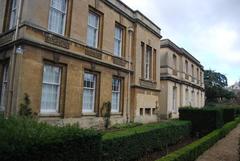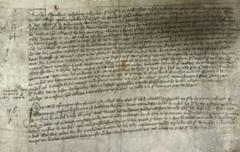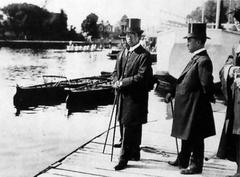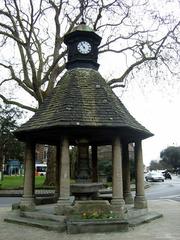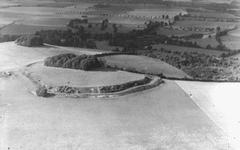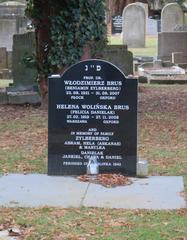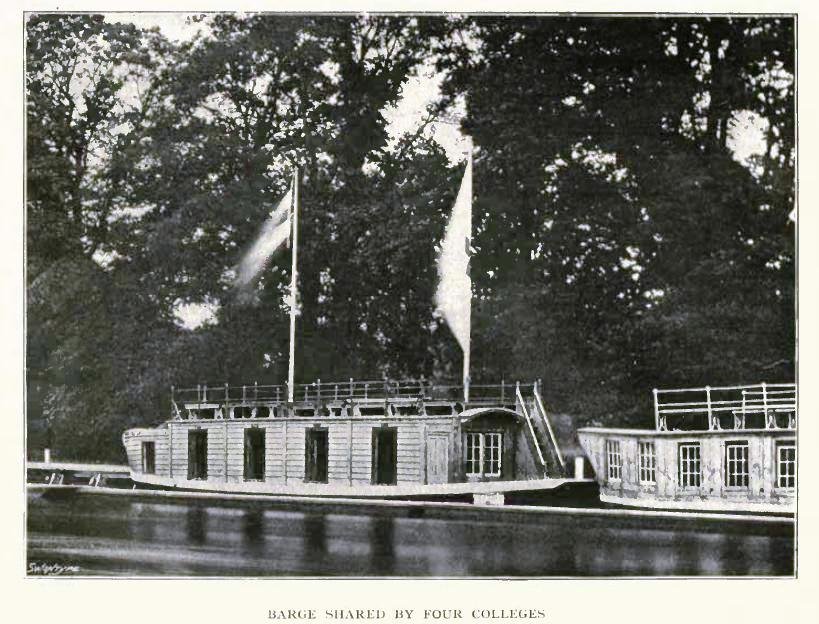
Comprehensive Guide to Visiting Christ Church Meadow, Oxford, United Kingdom
Date: 18/07/2024
Introduction
Christ Church Meadow in Oxford, United Kingdom, is a scenic and historically significant green space that has been integral to the city for centuries. Owned and meticulously maintained by Christ Church College, the meadow blends historical importance, natural beauty, and cultural value. Originally part of St. Frideswide’s Priory, it transitioned to the hands of Cardinal Wolsey in the 16th century and was later re-founded by King Henry VIII as part of Christ Church College (Christ Church College). Over the years, it has served various purposes—from agricultural uses and defensive fortifications during the English Civil War to becoming a public park-like space in the 18th century (Oxford History). Today, it remains a cherished spot for leisurely walks, picnics, and enjoying the serene environment, attracting both locals and tourists alike. This guide aims to provide comprehensive information about visiting Christ Church Meadow, including its history, visitor tips, nearby attractions, and accessibility features.
Table of Contents
- Introduction
- History of Christ Church Meadow
- Visitor Information
- Nearby Attractions
- Accessibility
- Special Events and Guided Tours
- Architectural and Natural Landmarks
- FAQ
- Conclusion
History of Christ Church Meadow
Early Beginnings
Christ Church Meadow has a rich history dating back to medieval times. Originally owned by St. Frideswide’s Priory, which was established in the 8th century, the land was later acquired by Cardinal Wolsey who founded Cardinal College in 1525. After Wolsey’s fall from grace, King Henry VIII re-founded the college in 1546 as Christ Church, incorporating the meadow into the college’s extensive grounds (Christ Church College).
Development in the 16th and 17th Centuries
During the 16th and 17th centuries, Christ Church Meadow underwent significant changes. Initially used for agricultural purposes, including grazing livestock and growing crops, it later featured a deer park. Its proximity to the River Thames (locally known as the Isis) made it ideal for leisurely walks and boating activities (Oxford History).
The Civil War and Its Impact
The English Civil War (1642-1651) had a profound impact on Christ Church Meadow. As a Royalist stronghold, Oxford saw the meadow used as a defensive position, with earthworks and fortifications constructed to protect the city from Parliamentary forces. These fortifications, known as the Royalist Ramparts, can still be seen today as raised earth mounds along the meadow’s perimeter (British Civil Wars).
18th and 19th Century Transformations
In the 18th century, Christ Church Meadow became more accessible to the public. The college landscaped the area to create a park-like setting with tree-lined avenues and open grassy spaces. The Broad Walk, a wide gravel path along the northern edge of the meadow, was also constructed during this period (Oxford City Council).
The 19th century brought further changes with the construction of the Oxford Canal and the arrival of the railway, increasing the number of visitors. The meadow became a popular destination for tourists, drawn to its tranquil setting and historical significance (Oxford Canal).
20th Century to Present Day
In the 20th century, Christ Church Meadow became an integral part of Oxford’s cultural and social life, hosting various events and activities. During World War II, parts of the meadow were used for agricultural purposes to support the war effort (Oxford During WWII). Today, the meadow remains a cherished green space, carefully managed by Christ Church College. It is a popular spot for picnics, walks, and rowing on the River Thames, and is home to diverse wildlife (Christ Church Meadow).
Visitor Information
Ticket Prices and Opening Hours
Christ Church Meadow is open to the public free of charge. However, visiting Christ Church College, including the cathedral and the Great Hall, may require an admission fee. The meadow is generally open from dawn till dusk, but it is advisable to check the college’s official website for the most up-to-date visiting hours and any special restrictions (Christ Church College).
Travel Tips
Christ Church Meadow is located in the heart of Oxford, making it easily accessible by foot, bike, or public transport. The nearest train station is Oxford Station, about a 20-minute walk from the meadow. The best times to visit are early mornings or late afternoons when the meadow is less crowded. Comfortable walking shoes and weather-appropriate clothing are recommended.
Nearby Attractions
While visiting Christ Church Meadow, you can explore several nearby attractions, including:
Accessibility
Christ Church Meadow is relatively flat and has several well-maintained paths, making it accessible for visitors with disabilities. However, some areas may be uneven or muddy, especially after rain. It is advisable to check accessibility information on the Christ Church College website before your visit.
Special Events and Guided Tours
Christ Church Meadow hosts various events throughout the year, including May Day celebrations, outdoor concerts, and university ceremonies. Guided tours of the meadow and Christ Church College are available and provide in-depth historical and cultural insights. Booking in advance is recommended, especially during peak tourist seasons.
Architectural and Natural Landmarks
The Meadow Building
The Meadow Building, a striking example of Victorian Gothic architecture designed by Thomas Deane, overlooks the meadow and provides a picturesque backdrop (Christ Church Cathedral).
The Broad Walk
The Broad Walk is a tree-lined avenue along the meadow’s northern edge, offering a scenic route for walkers (Oxford City Council).
The River Walks
Bordered by the River Thames and the River Cherwell, the meadow offers beautiful riverside walks, ideal for nature lovers and photography enthusiasts.
FAQ
What are the visiting hours for Christ Church Meadow? Christ Church Meadow is generally open from dawn till dusk. Check the official website for any updates or special restrictions.
How much do tickets to Christ Church Meadow cost? Access to Christ Church Meadow is free. However, visiting Christ Church College may require an admission fee.
Are guided tours available at Christ Church Meadow? Yes, guided tours are available and provide detailed historical and cultural insights. It is recommended to book in advance.
Conclusion
Christ Church Meadow stands as a testament to the rich historical tapestry and natural beauty of Oxford. From its medieval origins and role in the English Civil War to its transformation into a beloved public space, the meadow encapsulates a significant part of the city’s heritage. Visitors can enjoy free access to this picturesque area and explore its many pathways, wildlife, and stunning views of the Oxford skyline. Whether you’re taking a guided tour, attending a special event, or simply relaxing with a picnic, Christ Church Meadow offers a unique and enriching experience. By maintaining its historical features and natural beauty, Christ Church College ensures that this treasured green space continues to be a vital part of Oxford’s cultural and social life. For more detailed information and planning your visit, refer to the Christ Church College website.
References
- Christ Church College. (n.d.). Retrieved from Christ Church College
- Oxford History. (n.d.). Retrieved from Oxford History
- British Civil Wars. (n.d.). Retrieved from British Civil Wars
- Oxford City Council. (n.d.). Retrieved from Oxford City Council
- Canal River Trust. (n.d.). Retrieved from Oxford Canal
- Oxford University Parks. (n.d.). Retrieved from Oxford University Parks
- Christ Church Cathedral. (n.d.). Retrieved from Christ Church Cathedral
- Oxford Botanic Garden. (n.d.). Retrieved from Oxford Botanic Garden
- Ashmolean Museum. (n.d.). Retrieved from Ashmolean Museum


